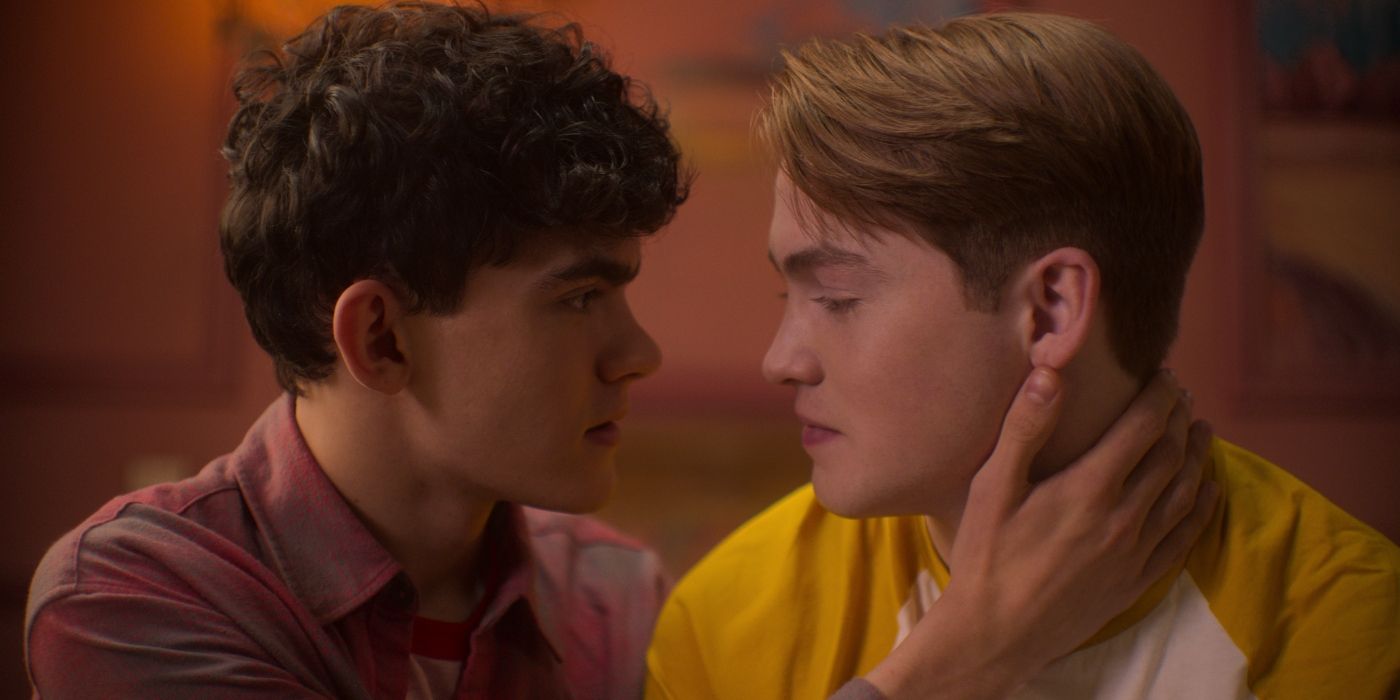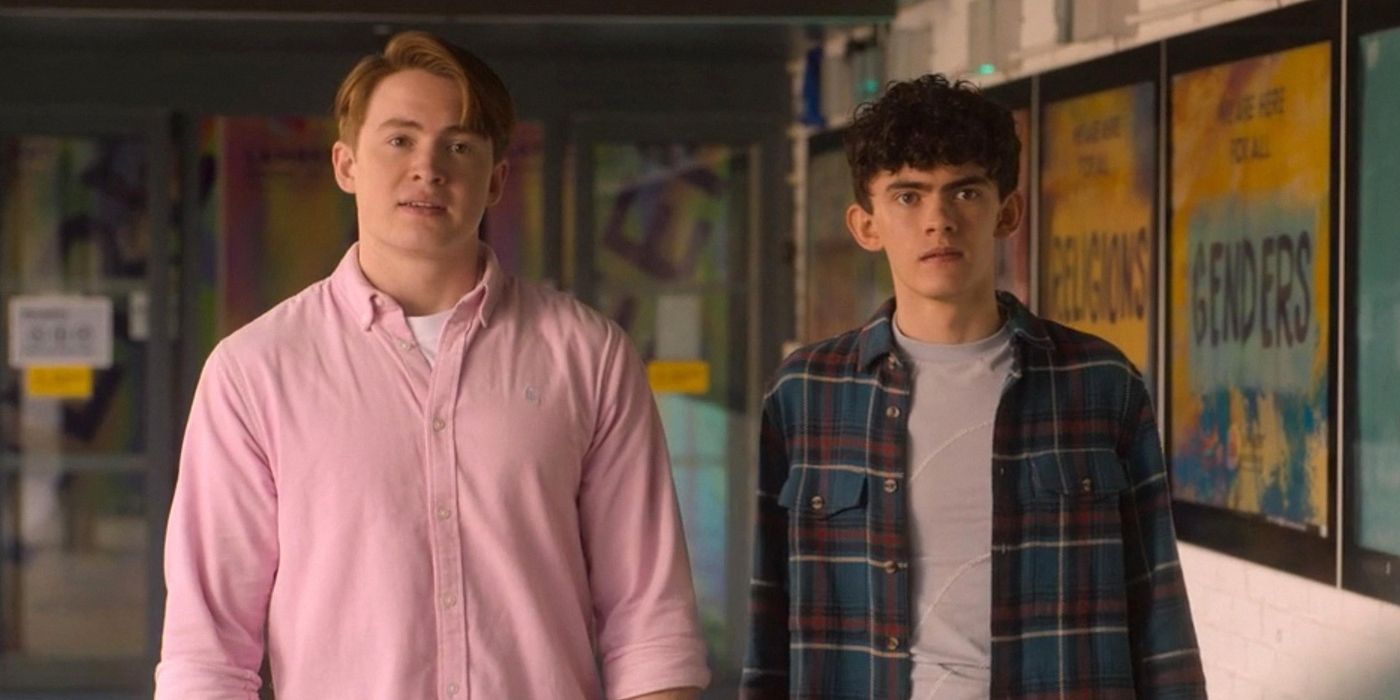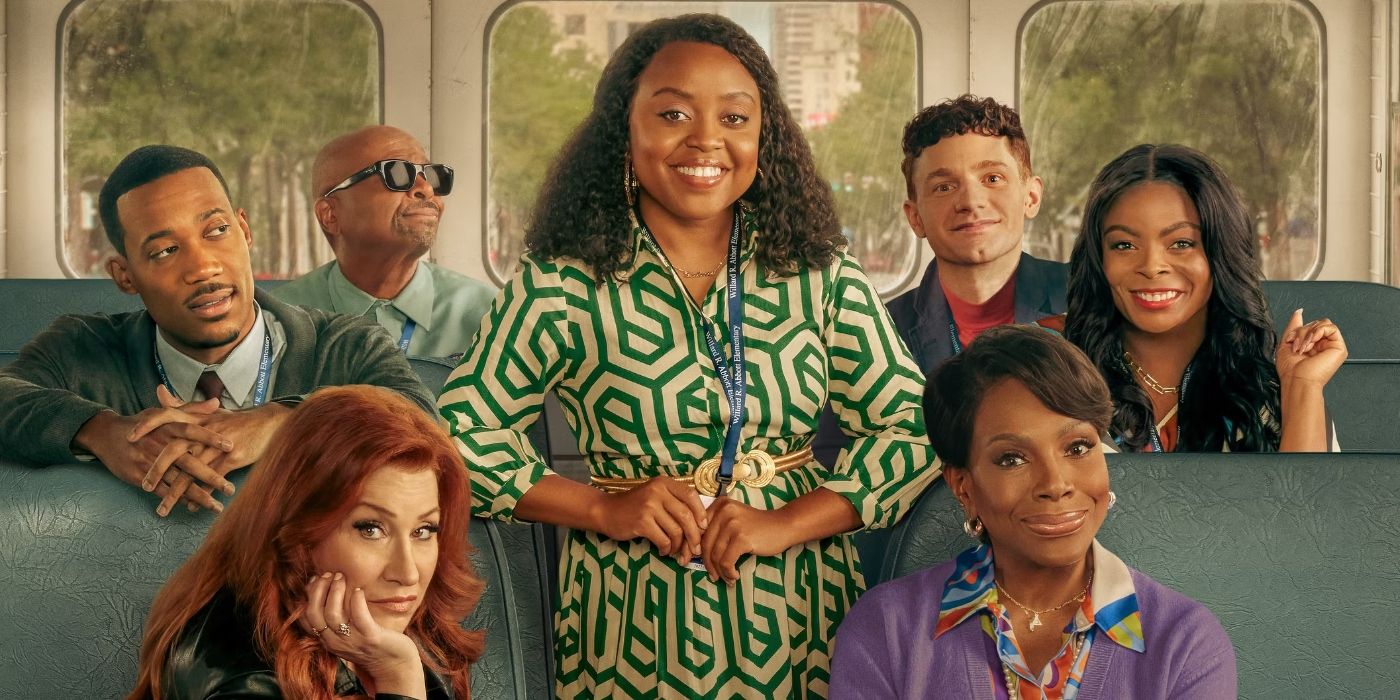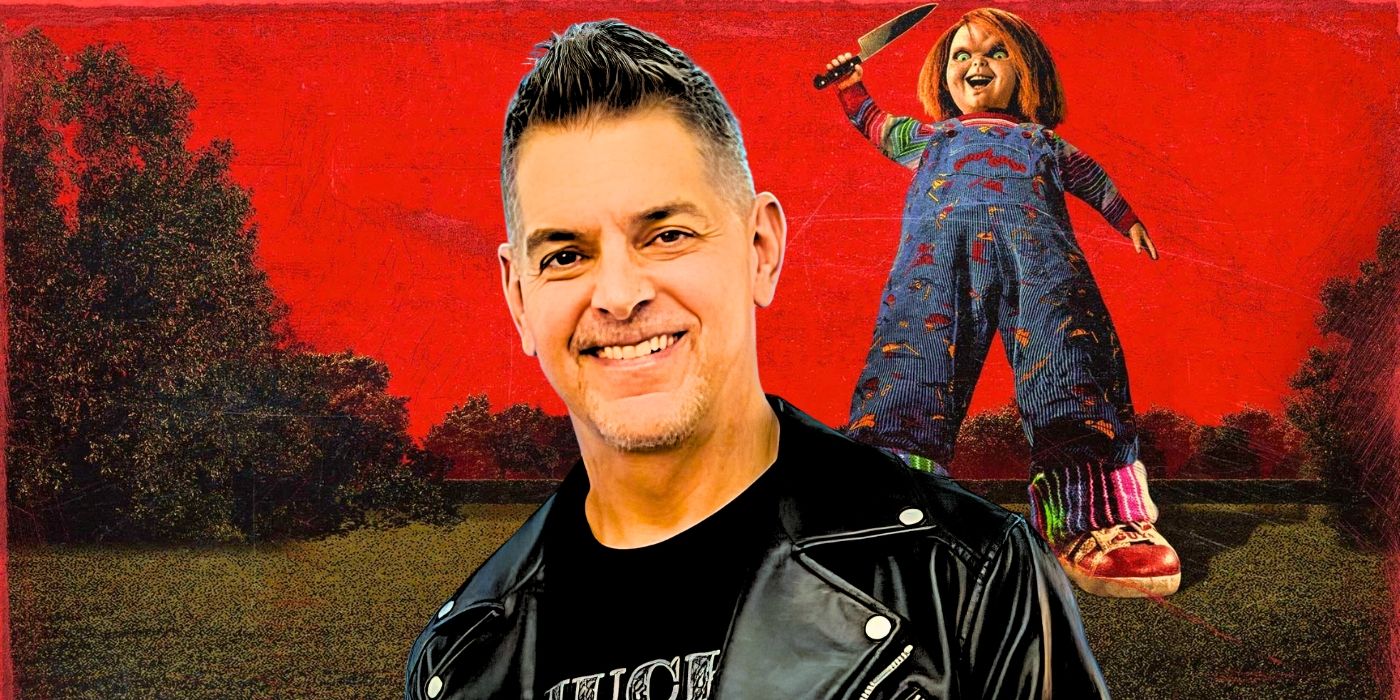The Big Picture
- Heartstopper Season 2 breaks traditional stereotypes by exploring disordered eating through a male protagonist, representing a diverse array of identities and struggles.
- The show handles disordered eating with subtlety, gradually drawing attention to it as Charlie’s boyfriend, Nick, starts to notice his eating behaviors.
- Heartstopper depicts multiple sides of disordered eating, highlighting its impact on relationships and loved ones, and emphasizing the importance of support and open communication.
Based on Alice Oseman’s graphic novels of the same name, Netflix’s Heartstopper returned with Season 2 in the summer of 2023, following the rainbow gang of teenagers through another phase of their lives. Season 1 of the show committed to a lighthearted tone and had a penchant for focusing on warm, loving moments between couples, friends, and family. However, fans of the graphic novel knew that Season 2 was bound to deal with one of the tougher plotlines in the story: our awkward but lovable protagonist Charlie’s (Joe Locke) experience with disordered eating. The show had dropped subtle hints throughout the first season and finally faces it head-on about halfway through the second. Alongside their amazing achievement in featuring such a diverse array of identities and struggles, Heartstopper manages to represent this sensitive issue in a way many other films and TV shows haven’t.
Heartstopper
Teens Charlie and Nick discover their unlikely friendship might be something more as they navigate school and young love in this coming-of-age series.
- Release Date
- April 22, 2022
- Cast
- Joe Locke , Kit Connor , William Gao , Yasmin Finney , Tobie Donovan , Olivia Colman
- Rating
- TV-14
- Seasons
- 2
‘Heartstopper’ Season 2 Departs From Traditional Representations of Disordered Eating
Filmmakers have a history of struggling to translate the harrowing experience and consequences of disordered eating to the screen. Often sticking to a traditional model based on stereotypes and narrow-mindedness, they tend to either hyper-focus on the eating disorder itself or add it in as an afterthought. There is also a habit of casting white, thin, and beautiful women in these roles and their characters are often part of the upper class, resulting in a blatant romanticization of eating disorders being a rich, white, thin woman’s issue. Although there are films like the YouTube documentary, Anorexia: A Boy in a Girl’s World, the industry generally excludes other demographics. These limitations on the representation of disordered eating in a powerful medium like film perpetuate outdated discourse and beliefs that are ultimately harmful to anyone dealing with it. That’s why Heartstopper’s decision to explore disordered eating in a man is not only a refreshing take but also a giant step in the right direction for mental health representation in the film industry.

‘Heartstopper’ Season 2 Review: TV’s Sweetest Teen Romance Still Soars
With a trip to Paris and a prom, Season 2 is all that you could hope for.
The way Heartstopper handles disordered eating is commendable as well. Starting with Charlie’s small placid remarks of “Oh, I’m not hungry” and “I’ll eat later,” the show flawlessly mimics the way disordered eating in men is rarely the first conclusion we jump to and thus flies under the radar. The second season slowly begins to draw attention to it, only because Charlie’s loving boyfriend, Nick (Kit Connor) starts to notice his eating behaviors. It is fitting that Nick is the one who first realizes Charlie’s habits since he spends the most time with him. But even then, the fact that he only fully discovers this when Charlie faints in the Louvre leans into the notion of how we don’t really consider disordered eating as a possibility until something extreme happens. This is when it becomes glaringly obvious that Charlie barely touches his food, often just pushing bits around and conversing with others, so his lack of chewing isn’t obvious. Heartstopper manages to successfully balance out the light and dark moments of Charlie’s life, allowing the eating disorder to be discovered naturally without overwhelming his storyline and making it his only trait. The subtlety with which the show introduces this issue so far bodes well for how appropriately they could potentially handle it in Season 3.
‘Heartstopper’ Shows That Disordered Eating Isn’t Always About Achieving Perfection
Departing from traditional (yet serious and valid) issues like body dysmorphia, Heartstopper decides to take the route of controlling food intake to compensate for lack of control over other situations. Throughout Season 1, we witness and learn about the traumatic bullying and sexual assault Charlie was subjugated to in high school. With Charlie’s coming out experience being, first: not his choice, and second: the catalyst to ruthless bullying, we can appreciate his apprehension about Nick’s coming out process. Becoming the paragon of a supportive boyfriend, Charlie puts everything on hold, from his coursework to his health, to ensure history will not repeat itself for Nick. As such, it completely makes sense that he would develop some form of an unhealthy coping mechanism. Charlie’s ex-boyfriend Ben’s (Sebastian Croft), presence in Season 2 only serves to aggravate Charlie’s stress even more, serving as a reminder of an experience where his autonomy was overtly stolen from him.
Heartstopper’s decision to stray from the body image reasons also saves us from potentially glamorized scenes of the character staring in the mirror while studying their body. Although this is probably the most direct way to represent body dysmorphia, the way they have been traditionally framed is almost like the scene is fetishizing an act that is supposed to be a cold and uncomfortable dissection. Instead, Heartstopper gives us more grounded scenes of Charlie unexpectedly fainting and struggling to find the words to describe his internal self with Nick. It also features a poignant scene between the two in the final episode of Season 2, where they both can freely yet tearfully talk about Charlie’s past and the emotions he is struggling with now. The show wraps up the season while pushing a sensitive and significant issue to the forefront, letting it linger in our minds until the next season is released.
Multiple Sides of Disordered Eating are Depicted in ‘Heartstopper’ Season 2
After claiming that Charlie is the perfect boyfriend, it is only fair to mention that Nick is as well. Disordered eating doesn’t only affect the person that is dealing with it, but also impacts their relationships and loved ones too. The start of Nick’s experience with Charlie’s journey is represented fairly well in Heartstopper. Clearly being inexperienced with the issue, Nick does his due diligence and proceeds to research what he can online. His immense stress and worry are depicted in his hesitancy to talk to Charlie about it, but when he does, he does a beautiful job at actively listening and delicately encouraging Charlie to open up. In the end, he makes sure Charlie knows that he is not alone and has his infinite support, which is probably the best thing he can do given the circumstances. By not immediately informing his parents, Nick gives Charlie control over his situation, something that he has been deprived of many times before. If the Netflix show follows the comic books, then Charlie will eventually tell his parents and resolve his disordered eating with Nick by his side, but either way, it will be one of the tougher journeys in Heartstopper.
If you are in crisis or need immediate help, please text “ALLIANCE” to 741741 for free, 24/7 support or visit www.findEDhelp.com.
Heartstopper is available to stream on Netflix in the U.S.
WATCH ON NETFLIX





